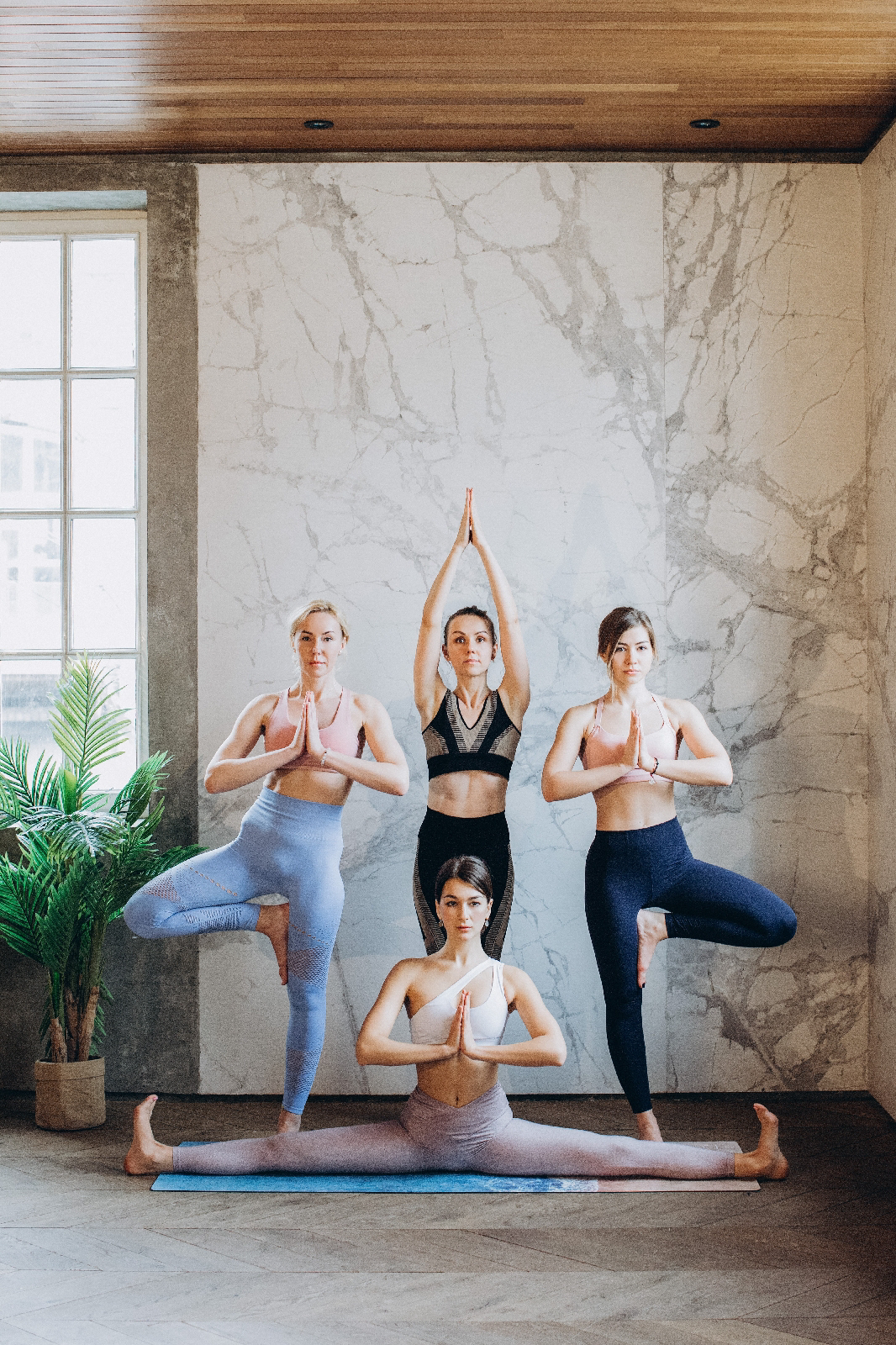(Ex: exercise) - Squat:
- Starting position: Stand with your feet shoulder-width apart, arms at your sides.
- Movement: Slowly bend your hips and knees, lowering your buttocks about eight inches, as if you're sitting back into a chair. Let your arms swing forward to help you balance. Keep your back straight. Slowly return to the starting position. Repeat 8-12 times.
- Tips and techniques to do Squat:
- Shift your weight into your heels.
- Squeeze your buttocks as you stand to help you balance.
- Make it easy step: Sit on the edge of a chair with your feet hip-width apart and arms crossed over your chest. Tighten your abdominal muscles and stand up.
- Make it hard step: Lower farther, but not past your thighs being parallel to the floor.
Safety tips; for Breathing, Push & Pull workouts, and some Strength Exercise.- Don’t hold your breath during strength exercises and breathe regularly.
- Breathe out as you lift or push, and breathe in as you relax.
- Talk with your doctor if you are unsure about doing a particular exercise.
3. Stretching Exercise:- Stretching exercise helps maintain flexibility. We often overlook that in youth, when our muscles are healthier. But aging leads to a loss of flexibility in the muscles and tendons. Muscles shorten and don't function properly.
- That increases the risk for muscle cramps and pain, muscle damage, strains, joint pain, and falling, and it also makes it tough to get through daily activities, such as bending down to tie your shoes. And stretching the muscles routinely makes them longer and more flexible, which increases your range of motion and reduces pain and the risk for injury.
- Do the stretching exercise every day or at least three or four times per week. and follow these steps by doing stretching workouts - "( warm-up your muscles first, with a few minutes of dynamic stretches - repetitive motion such as marching in place or arm circles). That gets blood and oxygen to muscles and makes them amenable to change.
- After then perform static stretches (holding a stretch position for up to 60 seconds) for the calves, the hamstrings, hip flexors, quadriceps, and the muscles of the shoulders, neck, and lower back. And However, don't push a stretch into the painful range. That tightens the muscle and is counterproductive.
(Ex: exercise) - Single knee rotation- Starting position: Lie on your back with your legs extended on the floor.
- Movement: Relax your shoulders against the floor. Bend your left knee and place your left foot on your right thigh just above the knee. Tighten your abdominal muscles, then grasp your left knee with your right hand and gently pull it across your body toward your right side. and hold 10 to 30 seconds and return to the starting position and repeat on the other side.
- Tips and techniques to do Single knee rotation:
- Stretch to the point of mild tension, not pain.
- Try to keep both shoulders flat on the floor.
- To increase the stretch, look in the direction opposite to your knee.
Safety tips - for Breathing and Stretching- Don’t hold your breath during strength exercises and breathe regularly.
- Breathe out as you lift or push and breathe in as you relax.
- Get advice from your doctor if you are unsure about doing a particular exercise.
|
4. Balance Exercises:- Improving your balance makes you feel steadier on your feet and helps prevent falls. It's especially important as we get older when the systems that help us maintain balance - our vision, our inner ear, and our leg muscles and joints - tend to break down.
- Many senior centers and gyms offer balance-focused exercise classes, such as yoga. It's never too early to start this type of exercise, even if you feel you don't have balance problems. you can also go to a physical therapist, who can determine your current balance abilities and prescribe specific exercises to target your areas of weakness. "That's especially important if you've had a fall or a near-fall, or if you have a fear of falling.
- The physical therapist may also have you focus on joint flexibility, walking on uneven surfaces, and strengthening leg muscles with exercises such as squats and leg lifts. Get the proper training before attempting any of these exercises at home.
|
(Ex: exercise) - Standing knee lift: |
| - Starting position: Stand up straight with your feet together and your hands on your hips.
- Movement: Lift your left knee toward the ceiling as high as is comfortable or until your thigh is parallel to the floor. Hold, then slowly lower your knee to the starting position. Repeat the exercise 3-5 times. Then perform the exercise 3-5 times with your right leg.
- Tips and techniques to do Standing knee lift:
- Keep your chest lifted and your shoulders down and back.
- Lift your arms out to your sides to help you balance if needed.
- Tighten your abdominal muscles throughout.
- Tighten the buttock of your standing leg for stability.
- Breathe comfortably.
- Make it easy step: Hold on to the back of a chair or counter with one hand.
- Make it a hard step: Lower your leg all the way to the floor without touching it. Just as it is about to touch, lift your leg up again.
|
|











0 Comments
If you hane any doubts, Please let me know